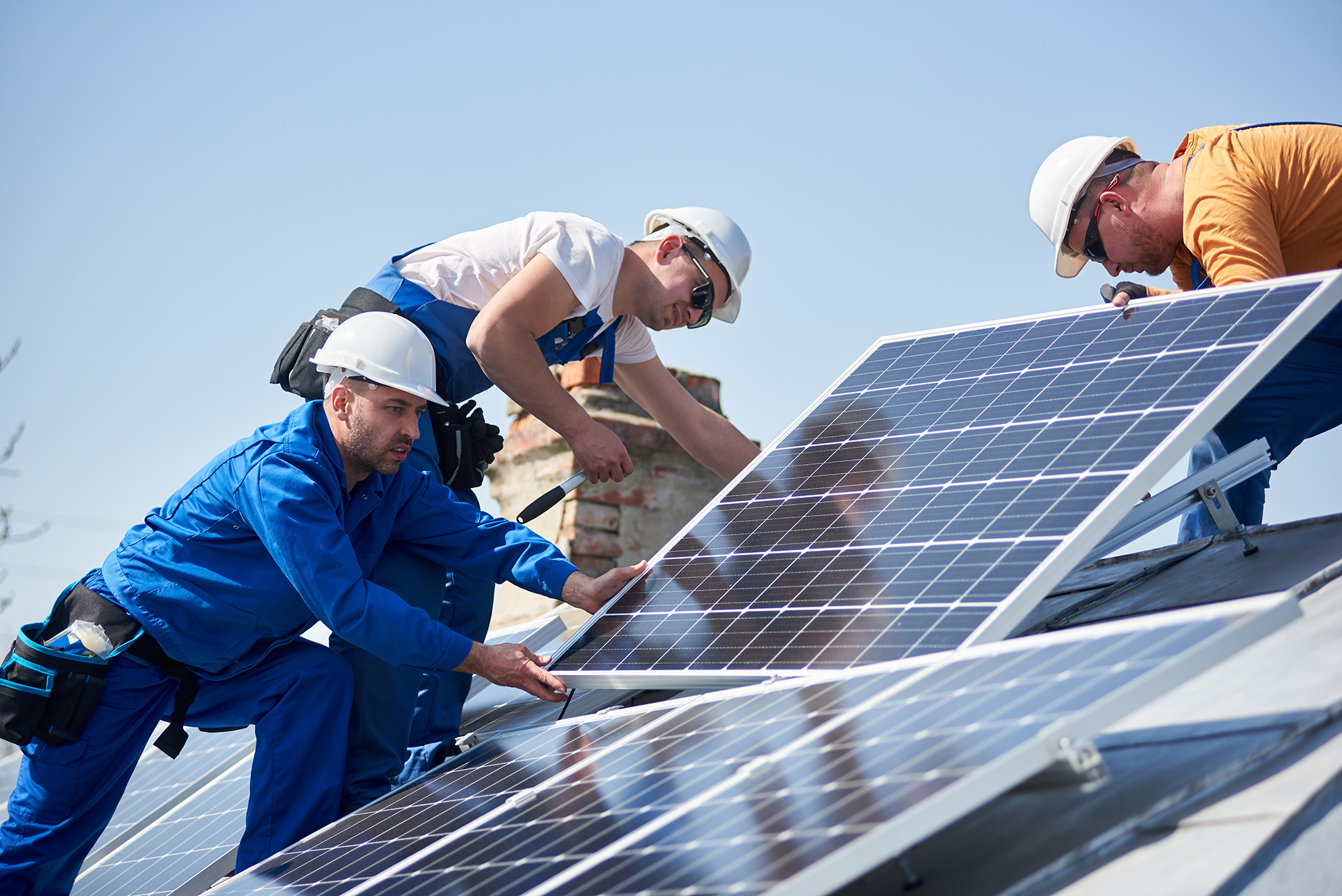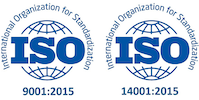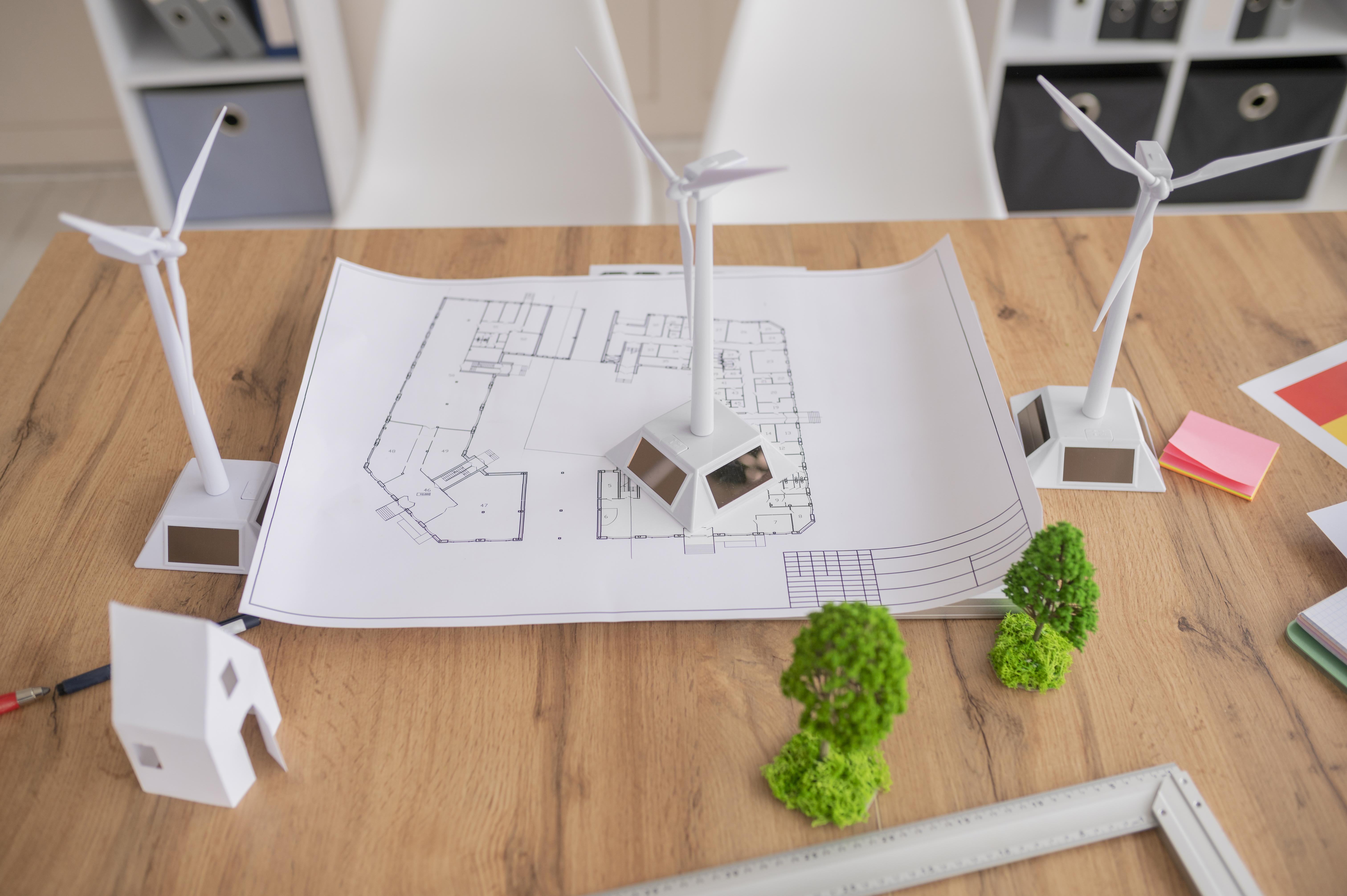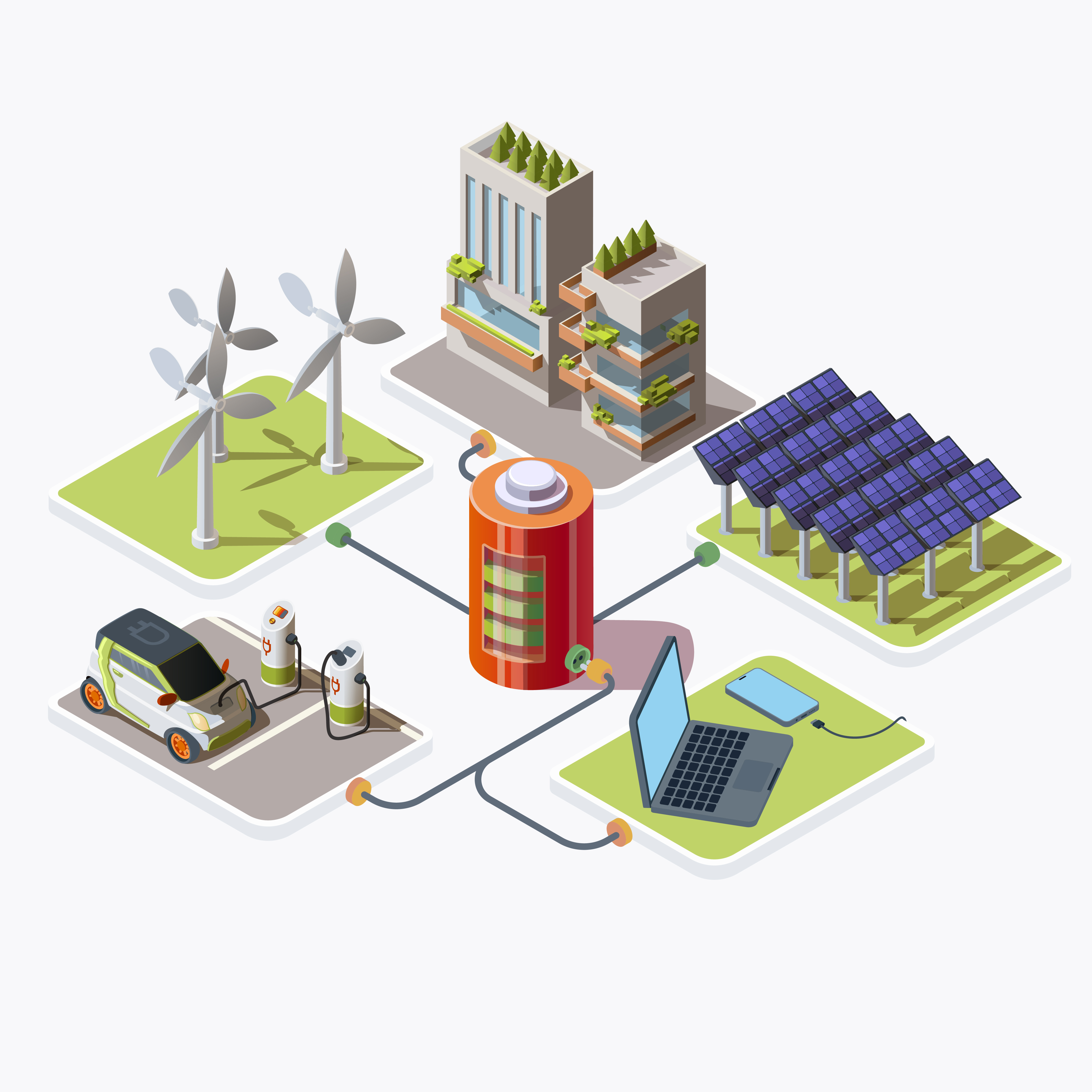Table of Contents
ToggleIntroduction
Renewable technologies offer a sustainable alternative to fossil fuels, which are finite resources with harmful environmental impacts. By utilizing renewable energy sources such as solar, wind, hydro, and geothermal power, homeowners can significantly reduce greenhouse gas emissions and contribute to a cleaner, greener planet.
There are several renewable energy sources available for residential use, each with its own set of advantages and considerations. Solar energy, for example, is abundant and can be captured through photovoltaic (PV) panels or solar thermal systems. Wind energy, on the other hand, relies on turbines to convert wind into electricity. Other renewable sources include hydroelectric power, which harnesses the energy of flowing water, and geothermal energy, which utilizes heat from the earth’s core.
The benefits of incorporating renewable technologies into homes are manifold. Not only do they help reduce greenhouse gas emissions and combat climate change, but they also offer financial savings in the form of reduced energy bills over time. Additionally, investing in renewable energy systems can increase the value of your property and provide greater energy independence.
Hiring Qualified Professionals
When it comes to installing renewable energy systems, it’s essential to work with qualified professionals who have experience in the field. Look for installers who are certified by reputable organizations such as the North American Board of Certified Energy Practitioners (NABCEP) and have a proven track record of successful installations. Before hiring an installer, be sure to ask for recommendations and references from past clients. A reputable installer should be able to provide you with testimonials or referrals from satisfied customers who can vouch for their expertise and professionalism.
Finally, make sure that any installer you hire is properly licensed and insured to perform the work. This will protect you in the event of any accidents or damage during the installation process and give you peace of mind knowing that the job will be done safely and according to industry standards. While some homeowners may be tempted to tackle renewable energy installations themselves to save money, it’s essential to weigh the pros and cons carefully. DIY installations can be complex and time-consuming, and mistakes can be costly to fix. Additionally, many rebate and incentive programs require professional installation to qualify.
Renewable energy installations require specialized knowledge and expertise to ensure they are done safely and effectively. From sizing and positioning solar panels to wiring and configuring wind turbines, there are many technical aspects to consider that may be beyond the skill level of the average homeowner. Before deciding whether to tackle a renewable energy installation yourself, honestly assess your skill level and comfort with DIY projects. While some homeowners may have the necessary skills and experience to handle certain aspects of the installation, such as mounting solar panels or wiring electrical components, others may be better off leaving it to the professionals.
Obtaining Necessary Permits and Approvals
Before installing any renewable energy systems on your property, it’s essential to research the permit requirements in your area. Building codes and zoning regulations vary from place to place, and failing to obtain the necessary permits could result in fines or even legal trouble down the line. In addition to building permits, you may also need to navigate local zoning regulations that govern where renewable energy systems can be installed and how they must be configured. These regulations are designed to protect public safety and ensure that installations are done in a manner that is harmonious with the surrounding environment.
Compliance with building codes is essential to ensure that your renewable energy installation is safe and structurally sound. Building codes dictate everything from the size and spacing of solar panels to the height and setback requirements for wind turbines. Failure to comply with these codes could result in costly delays and revisions to your project. A home energy audit is a comprehensive assessment of your home’s energy usage and efficiency conducted by a qualified professional or performed DIY. During the audit, the auditor will evaluate your home’s insulation, heating and cooling systems, appliances, and more to identify areas where energy efficiency improvements can be made.
The goal of a home energy audit is to identify areas where energy is being wasted and recommend cost-effective measures to improve efficiency. Common recommendations include adding insulation, sealing air leaks, upgrading to energy-efficient appliances, and installing programmable thermostats. Once the home energy audit is complete, it’s essential to prioritize the recommended upgrades based on their cost-effectiveness and potential energy savings. Some improvements, such as adding insulation or sealing air leaks, may offer quick paybacks and significant savings, while others may be more costly and require longer payback periods.
Leveraging Renewable Energy Certificates (RECs)
Renewable energy certificates (RECs) are tradable certificates that represent the environmental attributes of one megawatt-hour (MWh) of renewable energy generation. By purchasing RECs, homeowners can claim the environmental benefits of renewable energy even if they are unable to generate it onsite. For homeowners who are unable to install renewable energy systems on their property, purchasing RECs is a simple and cost-effective way to support renewable energy production. By purchasing RECs from certified renewable energy projects, you can help finance the development of new renewable energy infrastructure and reduce your carbon footprint.
Even if you do have renewable energy systems installed on your property, purchasing additional RECs can help offset any remaining energy usage that cannot be met with onsite generation. This allows you to claim the full environmental benefits of renewable energy and support the continued growth of the renewable energy industry. Passive solar design utilizes the sun’s energy to heat and cool buildings without the need for mechanical systems. By orienting buildings to maximize solar exposure, utilizing thermal mass for heat storage, and incorporating shading devices to control solar gain, passive solar design can significantly reduce energy consumption and increase comfort.
When designing or renovating your home, consider incorporating passive solar design features such as large south-facing windows, thermal mass materials like concrete or tile floors, and overhangs or awnings to provide shade in the summer. These features can help regulate indoor temperatures and reduce the need for mechanical heating and cooling systems. Passive solar design strategies can help maximize your home’s energy savings potential and reduce your reliance on traditional energy sources. By harnessing the free and abundant energy of the sun, you can enjoy greater comfort, lower energy bills, and a reduced environmental footprint.
Evaluating System Performance
Once your renewable energy systems are installed, it’s essential to monitor their performance regularly to ensure they are operating as expected. This may involve tracking energy production data, conducting periodic inspections, and addressing any issues that arise promptly. In addition to monitoring energy production, it’s also essential to assess the efficiency and effectiveness of your renewable energy systems. This may involve comparing actual energy production to predicted output, evaluating system uptime and reliability, and conducting energy audits to identify areas for improvement.
If you encounter any performance issues with your renewable energy systems, it’s essential to troubleshoot the problem and implement solutions promptly. Whether it’s a faulty component, shading from nearby trees, or suboptimal system configuration, addressing performance issues quickly can help maximize your energy savings and prolong the lifespan of your system. When replacing old appliances in your home, opt for energy-efficient models that carry the Energy Star label. Energy Star appliances meet strict efficiency standards set by the Environmental Protection Agency (EPA) and can help reduce your energy bills while minimizing your environmental impact.
Lighting accounts for a significant portion of household energy usage, but you can reduce your energy bills by switching to energy-efficient LED bulbs. LED bulbs use up to 80% less energy than traditional incandescent bulbs and last significantly longer, making them a cost-effective lighting solution for your home. Appliances and lighting are major contributors to your home’s energy consumption, so it’s essential to choose energy-efficient options whenever possible. By upgrading to energy-efficient appliances and lighting, you can significantly reduce your energy bills and minimize your environmental footprint.
Factoring in Maintenance Costs and Considerations
While renewable energy systems require minimal maintenance compared to traditional energy sources, they still require regular upkeep to ensure optimal performance and longevity. Routine maintenance tasks may include cleaning solar panels, inspecting electrical connections, and lubricating moving parts. When budgeting for renewable energy installations, it’s essential to factor in the cost of routine maintenance and repairs over the lifespan of the system. While these costs may be relatively low compared to the savings generated by the system, they should still be accounted for to avoid unexpected expenses down the line.
When choosing renewable energy technologies for your home, it’s essential to consider their long-term durability and reliability. While most renewable technologies are designed to last for decades with minimal maintenance, some may require more frequent repairs or replacements. By choosing high-quality, reliable systems, you can minimize maintenance costs and ensure consistent performance over time. Energy storage plays a crucial role in renewable energy systems by storing excess energy for use when demand exceeds generation. Battery storage systems, in particular, are becoming increasingly popular as a way to maximize the effectiveness of renewable energy installations and provide backup power during outages.
Battery storage solutions are an excellent option for homeowners looking to increase the resilience and reliability of their renewable energy systems. By storing excess energy generated during periods of high production, battery systems can ensure a steady power supply even when the sun isn’t shining or the wind isn’t blowing. While battery storage systems can offer significant benefits in terms of energy independence and reliability, they also come with a cost. When evaluating the cost-benefit of energy storage investments, it’s essential to consider factors such as upfront costs, ongoing maintenance expenses, and potential savings from reduced energy bills and avoided outages.
Implementing Energy-Efficient Landscaping
Strategic landscaping can help enhance the passive heating and cooling capabilities of your home by providing shade in the summer and windbreaks in the winter. Planting deciduous trees on the south side of your home, for example, can provide shade during the summer months while allowing sunlight to penetrate in the winter. In addition to providing shade and wind protection, landscaping with native plants can also help conserve water and reduce irrigation needs. Native plants are adapted to the local climate and soil conditions and require less water and maintenance than non-native species, making them an eco-friendly choice for landscaping.
When designing your landscaping plan, consider how you can maximize shade and wind protection around your home to reduce energy consumption and increase comfort. Planting shrubs and bushes near windows can help block solar heat gain in the summer, while windbreaks can help reduce heating costs in the winter. The orientation and shading of your roof play a significant role in determining its suitability for solar panel installation. Ideally, your roof should be south-facing and free from shading from trees, buildings, or other obstructions that could reduce solar exposure.
Solar access refers to the amount of sunlight that reaches your roof throughout the day, while solar exposure refers to the total amount of sunlight that your roof receives over the course of a year. By calculating your home’s solar access and exposure, you can determine its potential for solar panel installation and estimate the amount of energy that can be generated. If you’re unsure about your home’s solar potential or the best placement for solar panels, consider consulting with a solar professional for a site assessment. A qualified solar installer can evaluate your property and provide recommendations for maximizing solar energy production based on factors such as roof orientation, shading, and local climate conditions.
Conclusion
In conclusion, calculating your home’s energy savings with renewable technologies involves a comprehensive assessment of your current energy consumption, careful consideration of available renewable energy options, and thorough analysis of the potential financial and environmental benefits. By incorporating renewable energy systems into your home, implementing energy efficiency measures, and adopting energy-saving habits, you can reduce your carbon footprint, lower your energy bills, and contribute to a more sustainable future for generations to come.
FAQs
What are renewable technologies for home energy savings?
Renewable technologies for home energy savings include solar panels, wind turbines, hydroelectric systems, geothermal heat pumps, and biomass energy systems. These technologies harness natural, renewable resources to generate electricity or heat for residential use, reducing reliance on fossil fuels and lowering energy bills.
How do I assess my home’s current energy consumption?
To assess your home’s current energy consumption, review your utility bills to understand your energy usage patterns. Identify areas of high energy consumption, such as heating and cooling, water heating, lighting, and appliances. Consider conducting a home energy audit to pinpoint areas for improvement and prioritize energy-saving measures.
What factors should I consider when choosing renewable technologies for my home?
When choosing renewable technologies for your home, consider factors such as your location, available renewable resources (e.g., sunlight, wind), roof orientation and shading, upfront costs, potential savings, and environmental impact. Consult with renewable energy professionals to evaluate the suitability of different technologies for your specific needs and circumstances.
How do I calculate potential energy savings with renewable technologies?
To calculate potential energy savings with renewable technologies, estimate the energy production of each technology based on factors such as system size, efficiency, and local climate conditions. Compare the expected energy production and savings with the upfront costs and ongoing maintenance expenses to determine the return on investment (ROI) and payback period for each technology.
What financial incentives and rebates are available for renewable energy installations?
Financial incentives and rebates for renewable energy installations vary by location and may include federal tax credits, state and local rebates, grants, and financing programs. Explore available incentives and consult with renewable energy professionals to maximize your savings and take advantage of available financial support.







